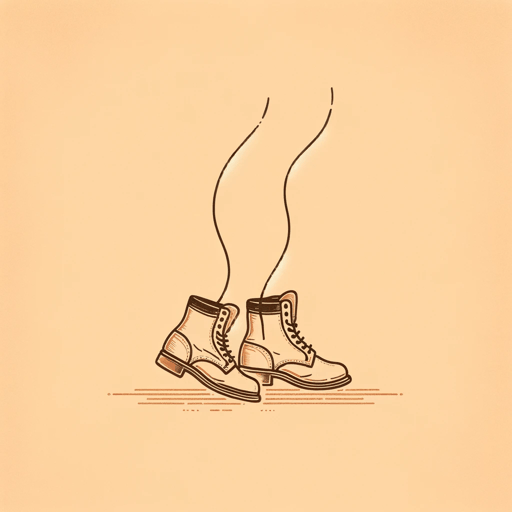17 pages • 34 minutes read
Philip LevineYou Can Have It
Fiction | Poem | Adult | Published in 1991A modern alternative to SparkNotes and CliffsNotes, SuperSummary offers high-quality Study Guides with detailed chapter summaries and analysis of major themes, characters, and more.
Literary Devices
Form and Meter
The poem’s 44 lines are free-verse, meaning they employ neither consistent rhyme pattern nor definitive meter, but they are organized in 11 quatrains (stanzas of four lines). The poem’s organization relies instead on narrative structure, and alternating time periods between sections creates a sense of longing and nostalgia.
The poem employs a distanced-remembering speaker, who, writing from the present of 1978, looks back on “1948” (Line 25) and his “young brother” (41), who is fed up with work. Stanzas 1 and 2 depict the past—one evening when the sibling comes home from work. The poem then proceeds to the lyrical reflections of the present-day narrator in Stanzas 3 and 4. Stanzas 5 and 6 return to the siblings’ past and specify their employment and factory work in the 1940s. The realization that their youth was dominated by hardship again prompts reflections on time lost in Stanzas 7, 8, 9; recalling this, the speaker is now 50. The poem ends with Stanzas 10 and 11 organized around the current’s speaker’s plea to go back to “1948” (Line 25) and the evening when his sibling last seemed whole and potential lay ahead.
Related Titles
By Philip Levine



